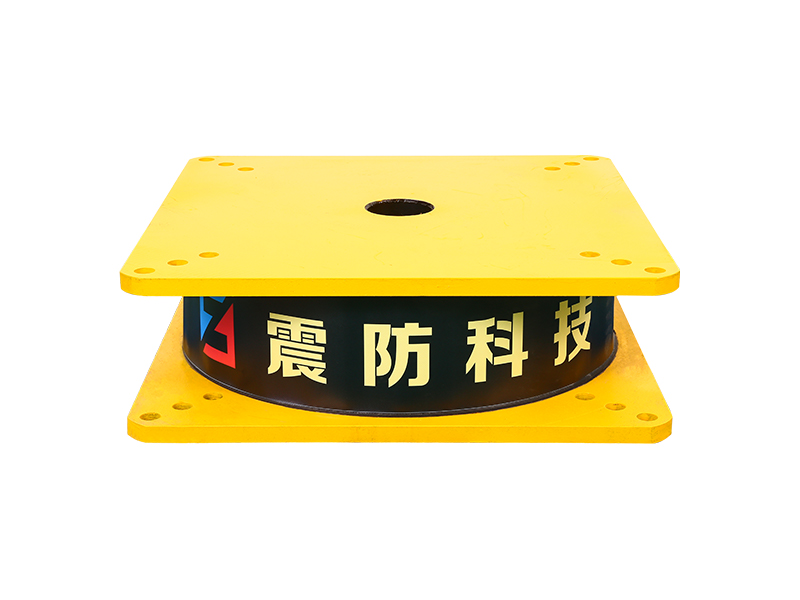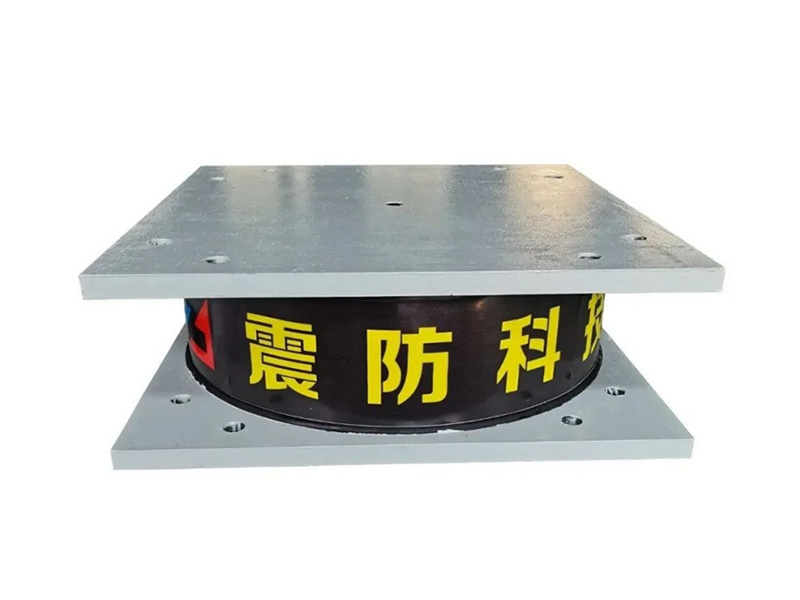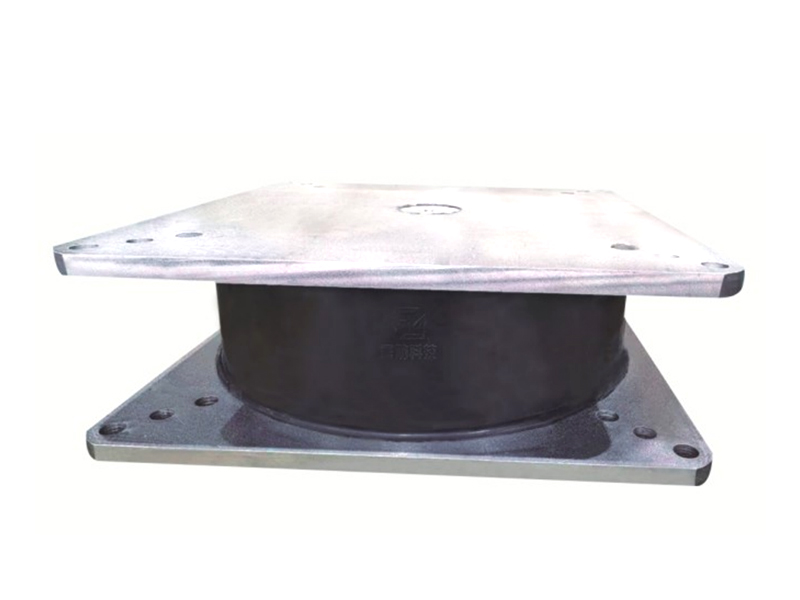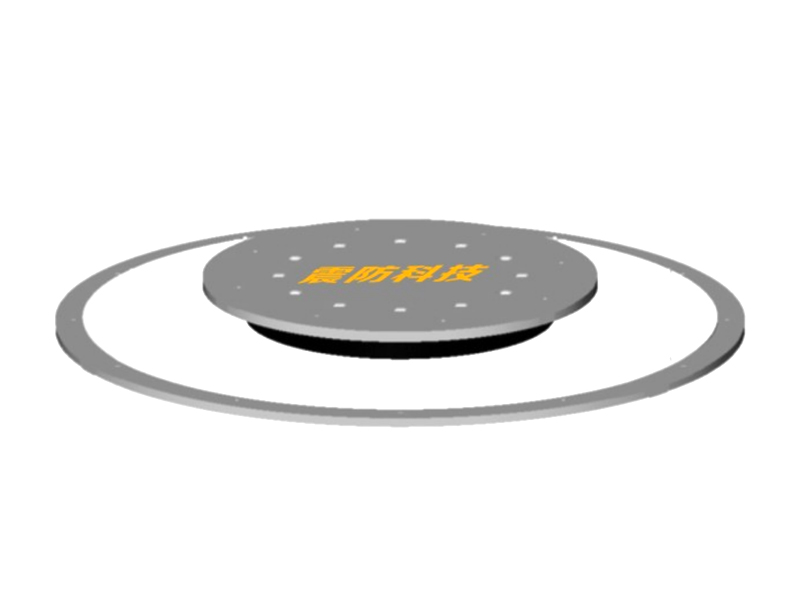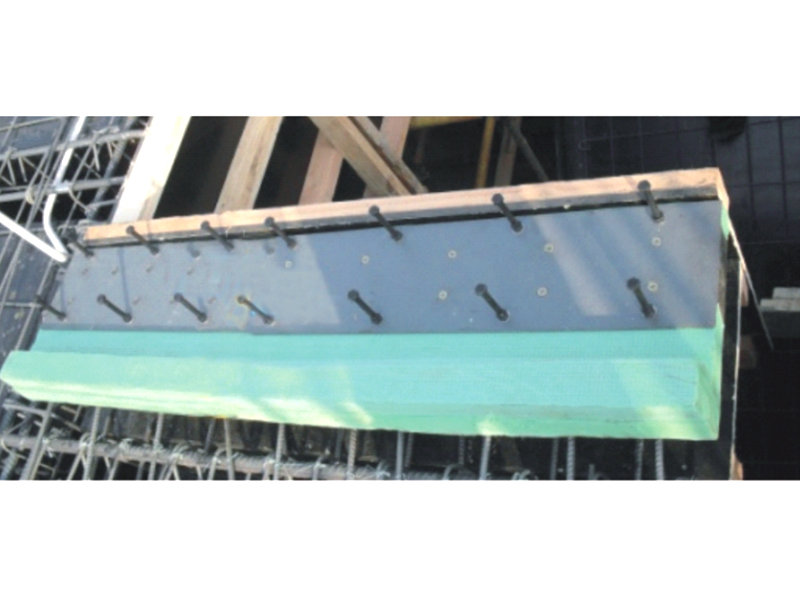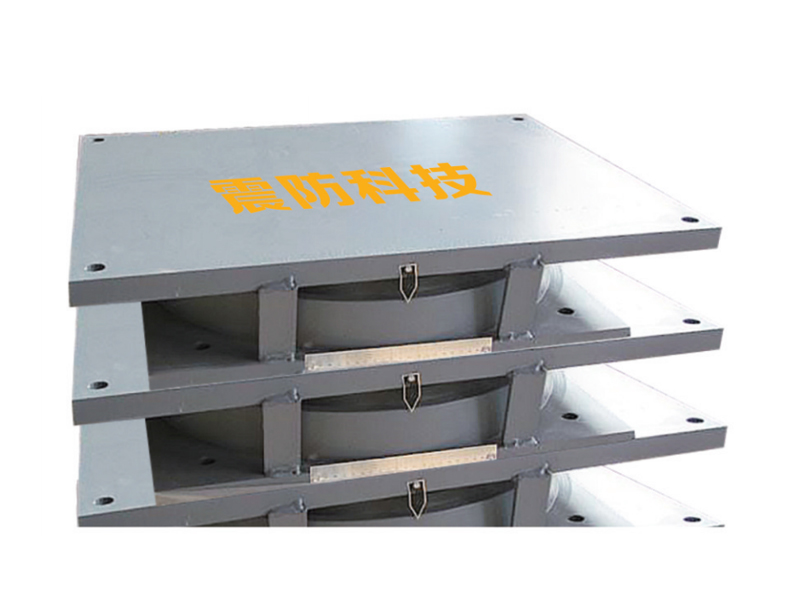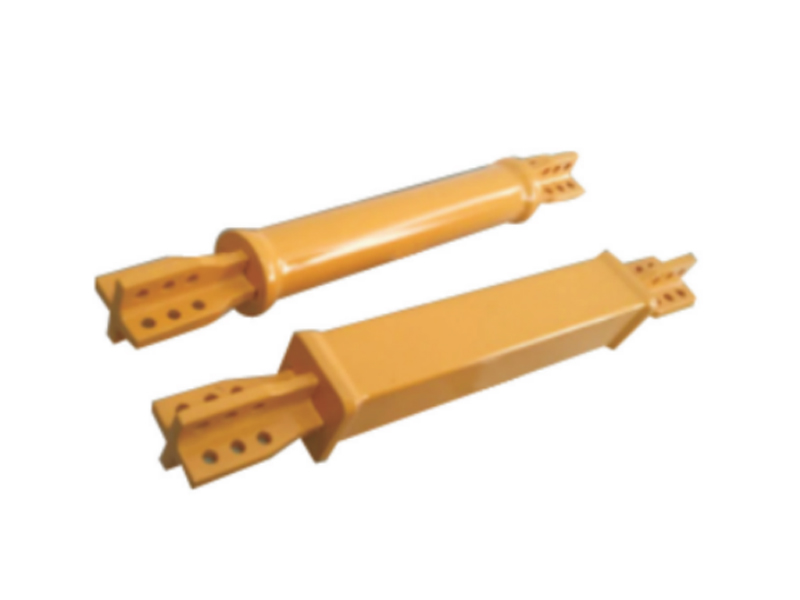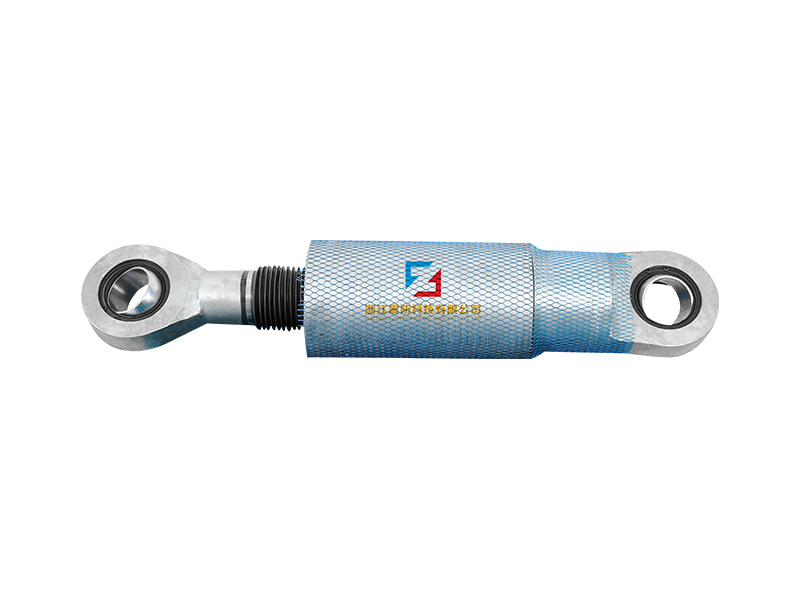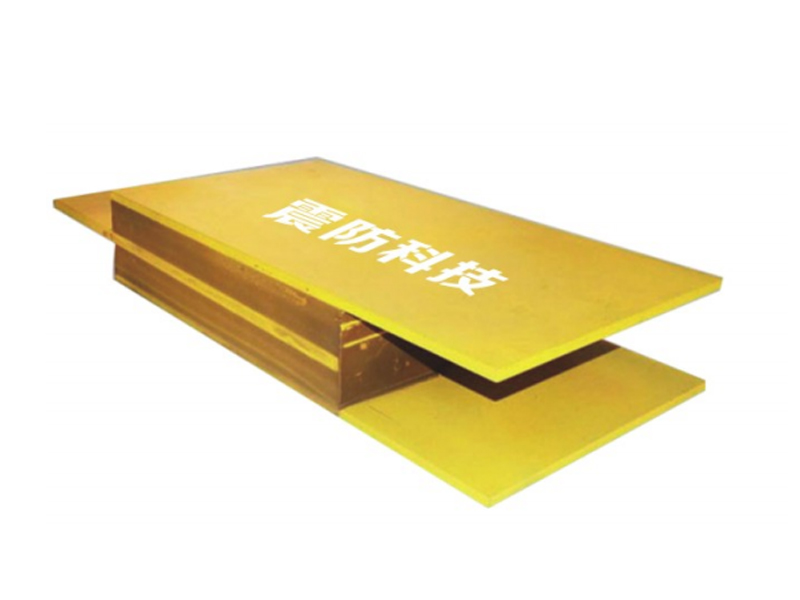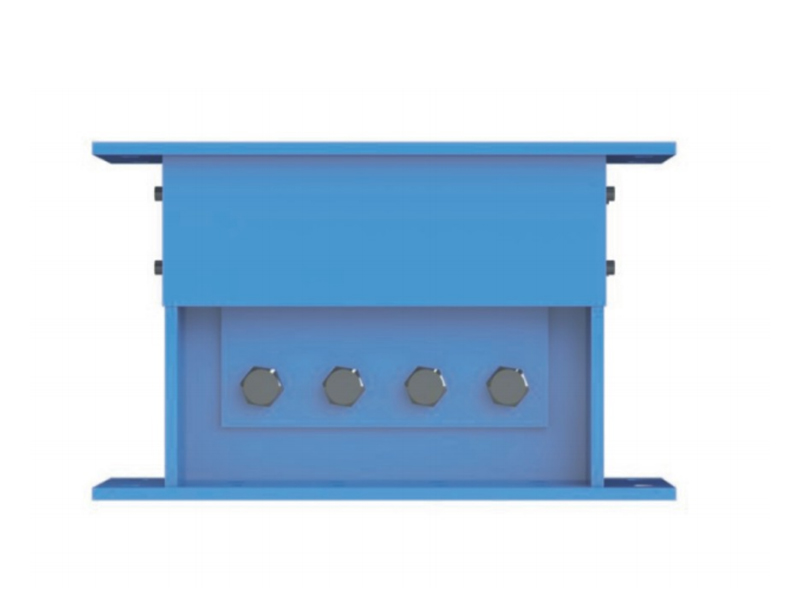The company has been adhering to the corporate tenet of "quality first, customer first", and sincerely welcomes domestic and foreign customers to visit and guide.
GET A QUOTEAs modern engineering increasingly demands resilient, safe, and sustainable solutions, the Vibration High Damping Rubber Bearing (VHDRB) has emerged as a transformative technology in infrastructure design. With its ability to absorb and dissipate seismic energy, VHDRB is reshaping how architects and engineers approach the protection of bridges, buildings, and critical infrastructure.
What is a Vibration High Damping Rubber Bearing?
A Vibration High Damping Rubber Bearing is a seismic isolation device engineered to reduce structural vibrations caused by earthquakes, wind loads, and heavy machinery. The bearing consists of alternating layers of rubber and steel plates, with the rubber formulated to exhibit high damping properties. These bearings not only support vertical loads but also provide horizontal flexibility and energy dissipation, making them essential for seismic isolation systems.
Unlike traditional bearings, VHDRBs integrate proprietary compounds that enhance energy absorption, offering good performance in reducing structural responses during seismic events. Their high damping capacity allows for quicker return to equilibrium after dynamic excitation, reducing structural damage and ensuring continuity of service.
Usage Scenarios for Vibration High Damping Rubber Bearings
1. Bridges in Seismic Zones
One of the widespread applications of the Vibration High Damping Rubber Bearing is in bridge construction, especially in regions with high seismic activity. By decoupling the bridge superstructure from ground motion, VHDRBs help maintain structural integrity and operational readiness following an earthquake. Major transportation agencies globally are retrofitting older bridges with these bearings to enhance resilience without massive reconstruction.
2. High-Rise Buildings
Skyscrapers and high-rise residential or commercial buildings increasingly rely on VHDRBs for seismic isolation. In tall structures, the swaying caused by seismic or wind forces can be drastically reduced using these bearings, improving occupant comfort and safety. Furthermore, VHDRBs enable designers to achieve longer service life for structures by reducing stress on structural components.
3. Nuclear and Power Facilities
Nuclear plants and other critical energy infrastructures demand the high levels of seismic protection. Vibration High Damping Rubber Bearings are employed to isolate reactors, turbines, and control centers, safeguarding them from earthquake-induced motion. In such high-risk environments, the damping properties of these bearings are not just a design preference but a regulatory necessity.
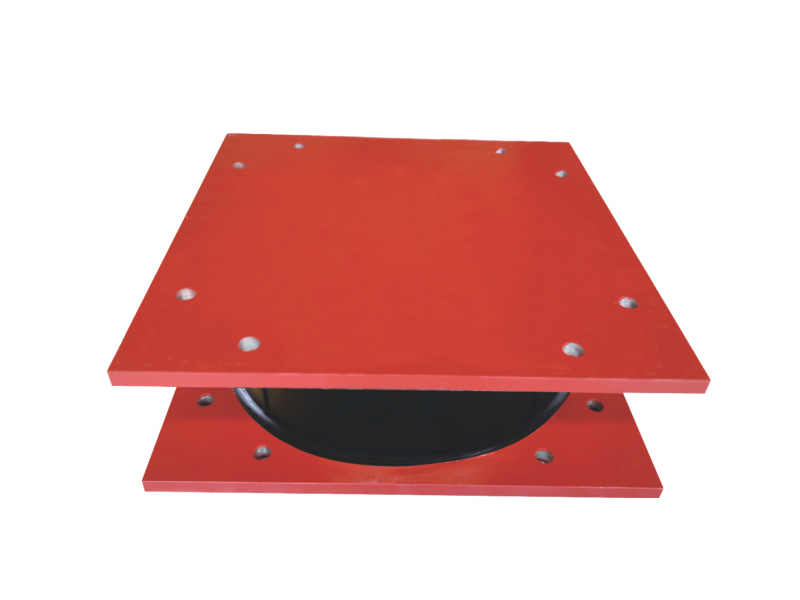
4. Industrial Equipment Foundations
Factories with sensitive machinery—such as semiconductor fabrication plants or precision manufacturing facilities—utilize Vibration High Damping Rubber Bearings to isolate equipment from external vibrations. This is crucial for maintaining alignment and performance of high-precision machines, where even minor tremors can cause defects or process failures.
5. Hospitals and Emergency Centers
In emergency response centers and hospitals, operational continuity during and after seismic events is critical. Vibration High Damping Rubber Bearings help ensure that these facilities can remain functional by reducing structural damage and maintaining alignment of essential systems. Many new hospital constructions now integrate VHDRBs as part of standard design.
Advantages Driving Adoption
The adoption of Vibration High Damping Rubber Bearings is driven by several key advantages:
Seismic Safety: VHDRBs reduce inter-story drift and absorb seismic energy, protecting both the structure and its occupants.
Cost-Efficiency: While the initial investment may be higher, VHDRBs reduce long-term maintenance and retrofitting costs due to minimized damage.
Versatility: Suitable for a range of structures, from lightweight buildings to heavy industrial equipment.
Environmental Resistance: VHDRBs perform reliably under temperatures, humidity, and chemical exposures.
Future Outlook
With the increasing frequency and severity of natural disasters, especially earthquakes, the importance of advanced vibration isolation technologies continues to grow. Engineers are now incorporating Vibration High Damping Rubber Bearings into the design phase of new infrastructure projects across Asia-Pacific, North America, and Europe. Countries like Japan, New Zealand, and Chile, known for high seismic activity, are changing the way in mandating VHDRBs in public infrastructure.
